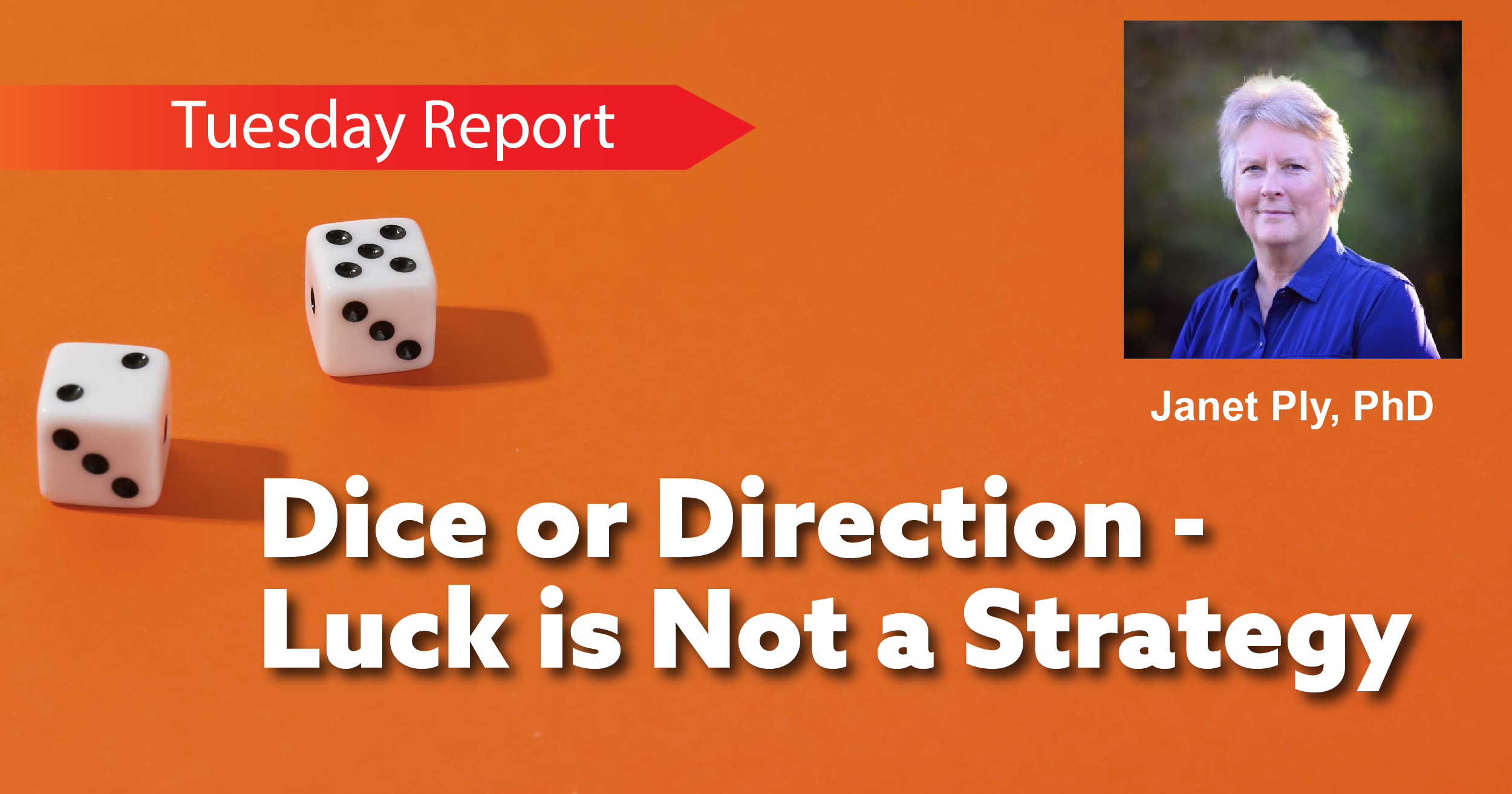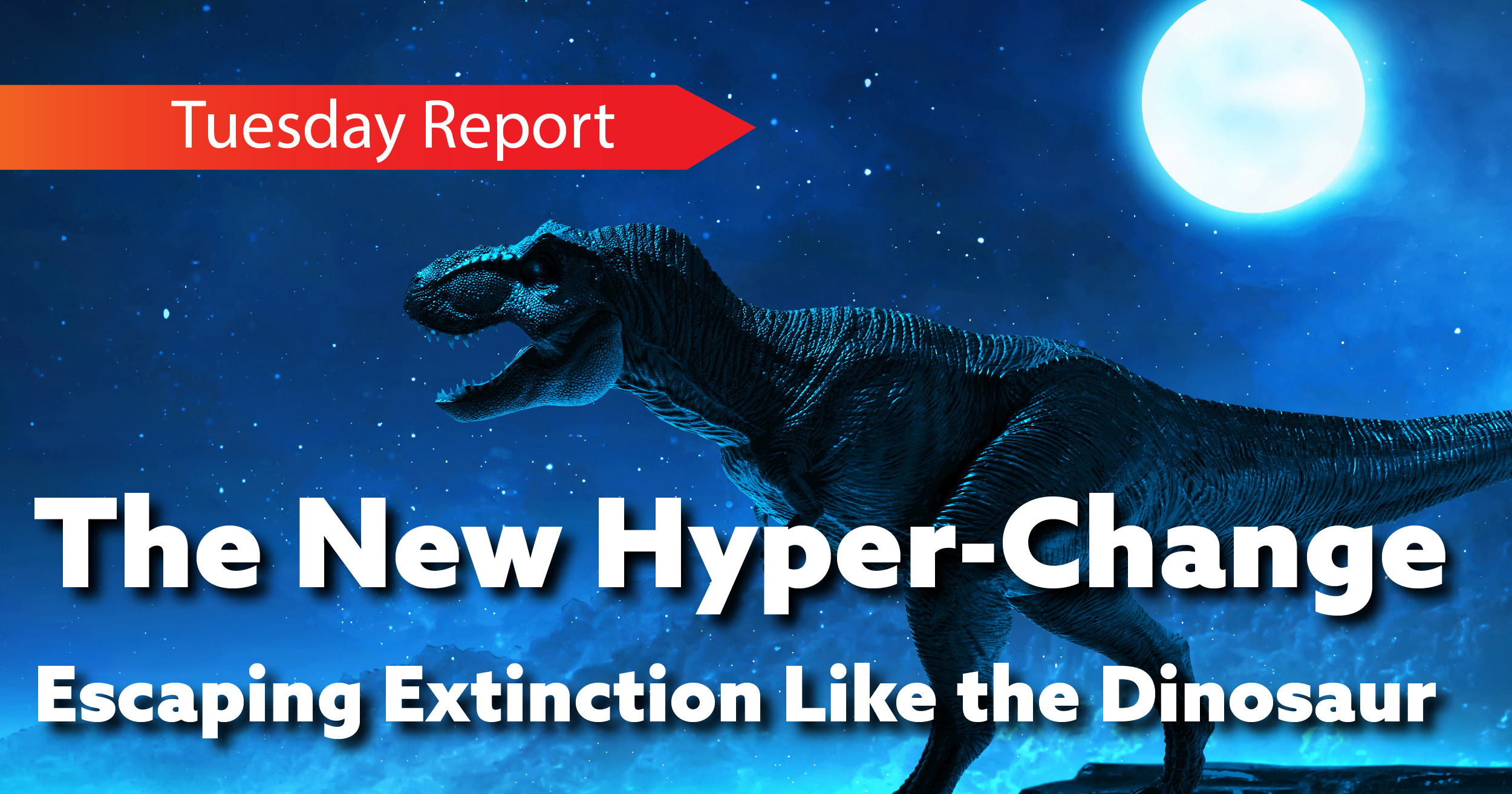Should I be watching the news? I talk to a lot of people who find it so painful they’ve stopped, and I sure understand.
In these unprecedented times when unemployment is high, and food lines are long, many of us are just feeling overwhelmed. We are all aware the needs are greater than ever—how do you decide where to put your scarce resources?
Sometimes I’d just like to turn off and tune out. I’d like to move to a deserted island, but if I did I’m sure there would be a monkey in the treetop screaming, “Wear your mask! Wear your mask!” And another monkey screaming, “Take that mask off!”
These days you can’t get away, and you can’t escape.
But I, like you, am determined to do what I can—I just need to know where to put the resources I have. We’re here on this Globe for a reason, and it can’t just be self-survival. I want to help, but where best and how.
A Driving Tour Among the Homeless
Here’s what Carol and I did about 15 years ago.
One day I was driving around Austin, Texas seeing a lot people at street corners with signs asking for help, I asked myself what you have asked yourself, “I wonder if any of these people really want out of their situation?” I went home and talked to Carol, and that’s when, on the back of a napkin, the Dream Come True Foundation was born.
Our goal was to upend the general approach to charity with an investment in people who were willing to make their dreams come true.
We followed this reasoning that I know you can identify with.
- We began with the belief that most of us would support an effective program that succeeds—that we could see and know the people we help. We found there were many people who agreed with that reasoning. They, like us, would be willing to spend their resources on investing in people whom they could progress from beginning ot end, people on the edge of success, who just needed someone to help them get over the finish line.
- We wanted to know if the cycle of intergeneration poverty, could, in fact, be broken. We went to one of the best non-profitst in Austin, Texas, LifeWorks, which has programs for families that range from education to housing.
They told us that from their client base, more than 95 percent would need their services again, and chances were that their children would be back. We asked LifeWorks if they knew of one of their clients who could take that next step of escaping poverty forever.
They recommended two people, both who became part of our first Dream Come True grand experiment. Carol and I funded the program at first, because we honestly didn’t know if the cycle of poverty could be broken or not. One of our first to later to be called Dream Achievers was a brilliant young woman who had escaped from her father and mother after a brother died of neglect.
She arrived in Austin on a bus with 14 dollars stolen from her father. She turned out to be illiterate, and learned to read at LifeWorks. Years later with two children, she got a scholarship to St. Edwards University in Austin but couldn’t attend because she had to work to support her family. Dream Come True mentored and helped support her, and 4 years later she graduated with a degree as a social worker.
We had proven that our model had worked for a couple of people—were there more out there who had the will and the dream to succeed that we could help?
- We wanted to find unusual people trapped in intergenerational poverty that wanted to get out.
We have many people who help us find candidates. One organization very important to Dream Come True is Capital IDEA, under the leadership of Steve Jacobs and Eva Rios-Lleverino. This is a great organization that awards scholarships to disadvantaged people and supplies tuition and books. They have counselors for their clients who help them academically. They are a key resource for Dream Come True. We also get recommendations from many other key people in the community.
Dream Achiever candidates undergo interviews with the Dream Come True Board and committees. They must demonstrate academic success. They must agree to help other people escape poverty. Carol uses the phrase that Dream Come True is the “Ivy League of poverty.” It’s not easy to get in. - We developed a model to take our Dream Achievers to their dreams. We knew what we wanted to do, but we didn’t know how to do it. It turns out that mentoring, as any Dream Achiever will tell you, is the most important element—helping them solve overwhelming problems they’ve never had to face. We provide enough financial aid to reduce hours of work—Dream Achievers continue to work throughout the program.
Dream Come True is the only organization I know of that works with our Dream Achievers to solve virtually any problem they have—from a broken car to a stolen computer–we have an emergency fund. We will do everything possible so that they do not fail
- The Important Element—Leadership of Dream Come True. I couldn’t begin to recognize the leaders and key donors who have taken Dream Come True to the point it is today. Heather Bailey is our present chairperson and has led Dream Come True to amazing success. Sam Myers has been an outstanding past president, backer, and leader. Bob Riazzi is our new Executive Director, and is an outstanding leader.
- We Call Them Dream Achievers—people who escaped minimum wage jobs to earn high five figure incomes in about two years. The miracle of Dream Come True is that it has weathered huge storms and has achieved amazing results. We have social workers, programmers, nurses, and attorneys who have risen from minimum wage jobs to high 5 figure incomes in about 2 years.
An outstanding Dream Achiever, Michael Rayos, is now a member of the Dream Come True Board
Dream Come True, in our experience, is the answer to the question, “Where do I put my scarce resources in a time of so much suffering and set backs?’ We want to put it in people who will be successful and give back. Come to our virtual Dream Come True Gala. It will be an evening of fun, friendship, and inspiration. The information is above.






